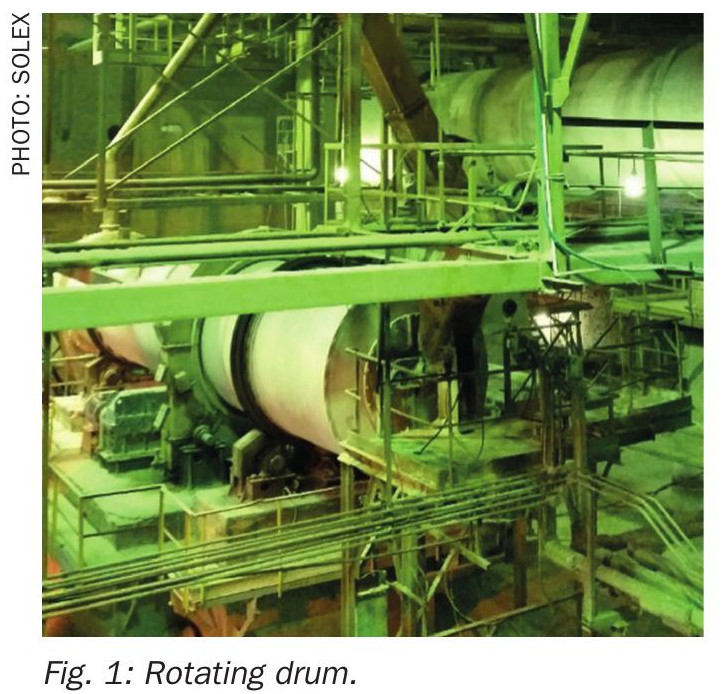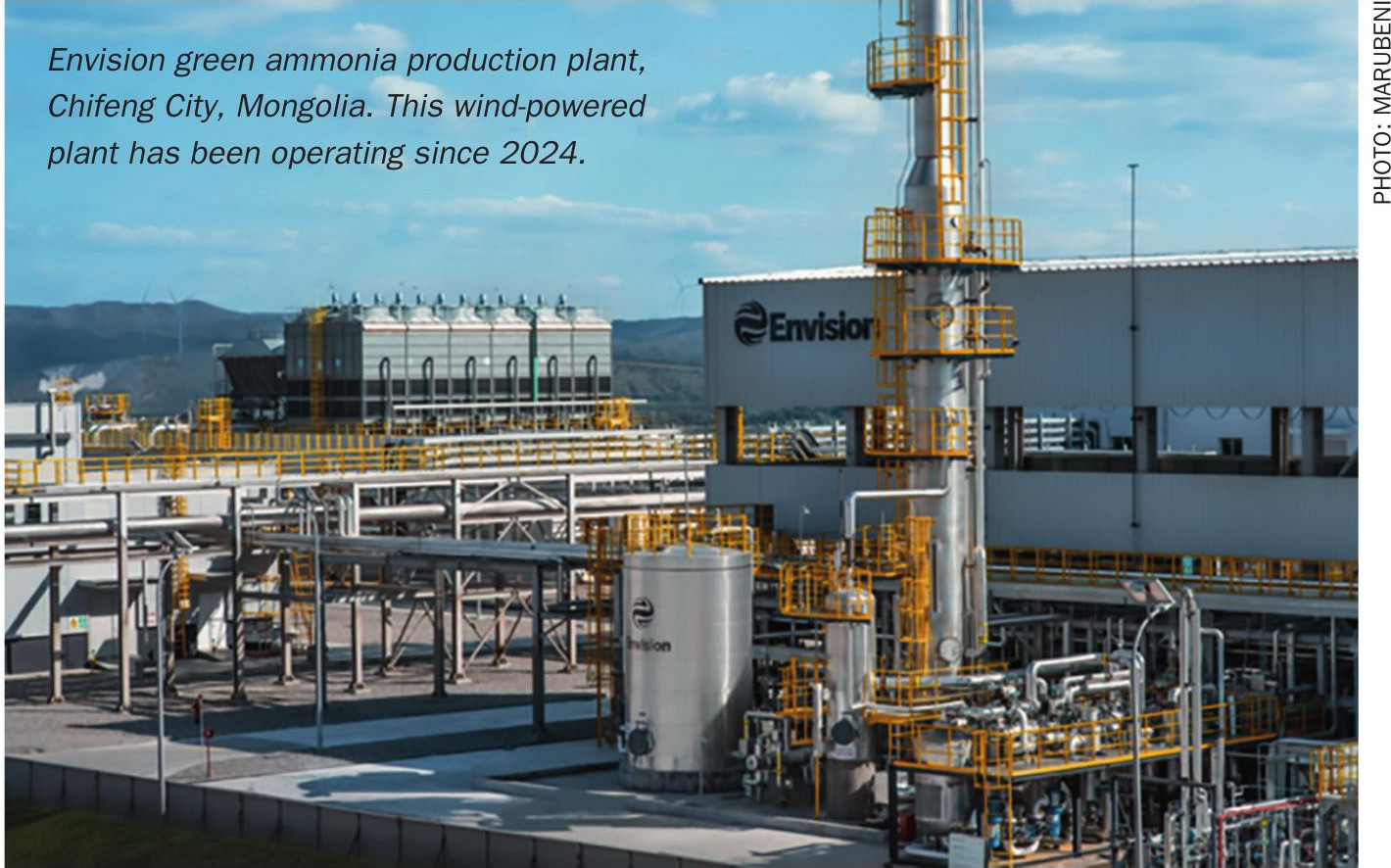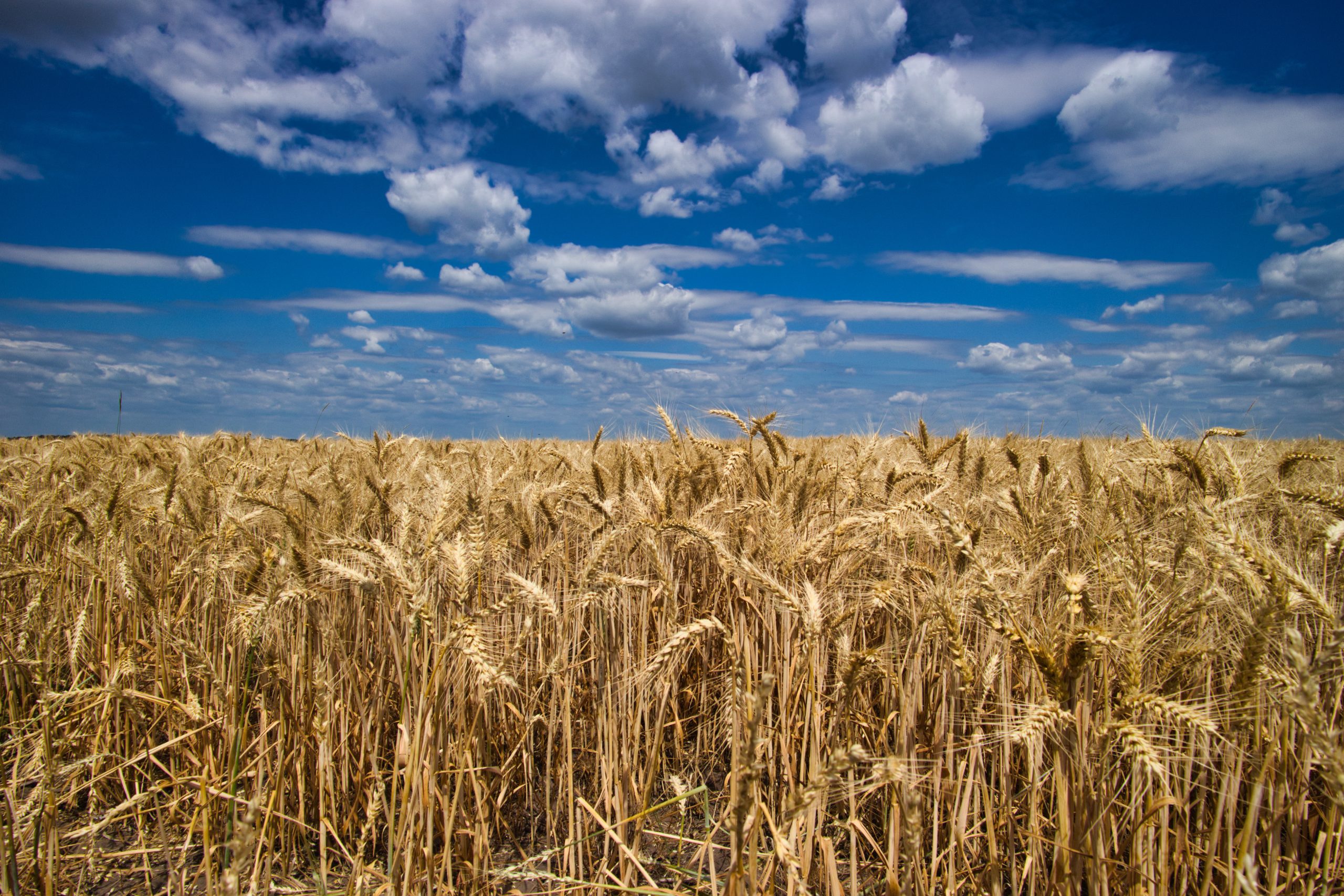Nitrogen+Syngas 394 Mar-Apr 2025

19 March 2025
ExxonMobil and Trammo sign low carbon ammonia offtake agreement
Trammo, Inc. and ExxonMobil signed a heads of agreement to advance discussions for Trammo’s long-term offtake of 300-500,000 t/a of low-carbon ammonia from ExxonMobil’s Baytown, Texas facility. The facility is expected to produce virtually carbon-free ‘blue’ hydrogen with approximately 98% of CO2 removed, and will use this low-carbon hydrogen to make low-carbon ammonia. Trammo, a leading international physical commodity trader, will leverage its market and logistical expertise to deliver and sell in Europe and worldwide this unique low-carbon ammonia for use as fertilizer feedstock and for other key industrial applications.
The facility is expected to be the world’s largest of its kind, capable of producing up to 1 bcf/d of low-carbon hydrogen and more than 1 million t/a of low-carbon ammonia. A final investment decision by ExxonMobil is expected in 2025 with anticipated startup in 2029, subject to supportive government policy, regulatory permitting, and market conditions.
“Our Baytown project continues to make significant strides, attracting more and more customer interest,” said Barry Engle, president of ExxonMobil Low Carbon Solutions. “We’re looking forward to working with Trammo on this project, which would be a win for America’s Gulf Coast, creating jobs and enhancing US energy exports.”






